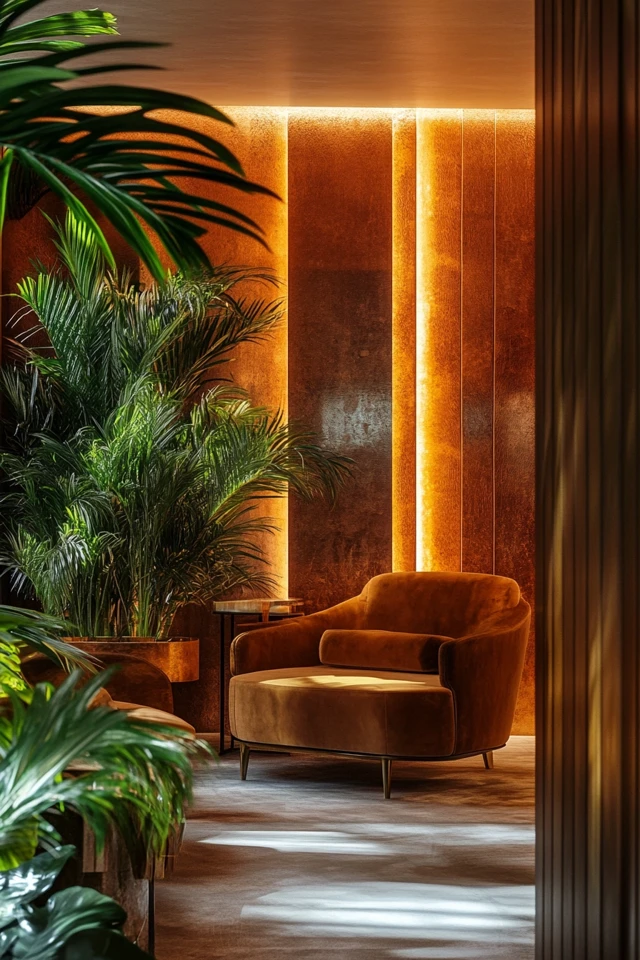Introduction
When I think back to the first time I realized the transformative power of lighting, it was during a holiday dinner at a friend’s house. The space wasn’t particularly fancy—just a modest dining area—but it felt magical. The warm overhead chandelier cast a cozy glow, subtle wall sconces highlighted the textured wallpaper, and flickering candles on the table added a romantic touch. The lighting made the room feel layered, intimate, and complete. I remember thinking, I need to do this at home!
Since that day, I’ve become somewhat of a lighting enthusiast. I’ve learned that the secret to a beautiful, functional, and aesthetic room lies in layered lighting. It’s not just about having one light source; it’s about creating a mix of ambient, task, and accent lighting that work together to set the mood, enhance functionality, and highlight the best features of your space.
In this blog, I’ll guide you through the art of using lighting layers to elevate the design of your room. From choosing the right fixtures to strategically placing your light sources, these tips will help you create an aesthetic room that feels cohesive and inviting.
Understanding Lighting Layers
The Three Types of Lighting
- Ambient Lighting (General Lighting):
This is the foundation of your lighting scheme. Ambient lighting provides overall illumination, ensuring the room is well-lit and functional. Examples include chandeliers, ceiling-mounted fixtures, and recessed lighting. - Task Lighting:
Task lighting is focused light used for specific activities like reading, working, or cooking. Examples include desk lamps, under-cabinet lighting in the kitchen, and bedside table lamps. - Accent Lighting:
Accent lighting is decorative and used to highlight specific features or create mood. Examples include wall sconces, LED strip lights, or picture lights.
By combining these three types of lighting, you can achieve a layered and versatile design that adapts to any occasion.
Step 1: Start with Ambient Lighting
Why It Matters
Ambient lighting is the base layer that ensures your room is evenly illuminated. It sets the tone and provides the necessary brightness for day-to-day activities.
How to Use Ambient Lighting:
- Ceiling Fixtures: Chandeliers, pendant lights, or flush mounts can act as the centerpiece of the room while providing general light.
- Recessed Lights: Perfect for modern spaces, recessed lights create a clean and even glow.
- Dimmers: Installing dimmer switches allows you to adjust the brightness and set the mood for different times of day.
Step 2: Add Task Lighting
Why It Matters
Task lighting focuses on functionality. It provides targeted illumination for areas where specific activities take place, like reading, cooking, or working at a desk.
How to Use Task Lighting:
- Desks and Work Areas: Use adjustable desk lamps or clamp lights for focused brightness.
- Kitchen Counters: Under-cabinet lighting is perfect for prepping meals and adds a sleek, modern touch.
- Bedroom: Place table lamps or wall-mounted reading lights next to the bed for nighttime reading.
Pro Tip:
When choosing task lighting, opt for fixtures with adjustable arms or dimmable bulbs to customize the light intensity.
Step 3: Layer in Accent Lighting
Why It Matters
Accent lighting brings character and depth to your room. It highlights architectural features, artwork, or decor, and adds a touch of drama or coziness.
How to Use Accent Lighting:
- Highlight Artwork: Use picture lights or wall-mounted spotlights to draw attention to framed art or sculptures.
- Create Drama: Add LED strip lights under shelves, behind a TV, or along a headboard for a subtle glow.
- Set the Mood: Incorporate candles, fairy lights, or table lamps with warm bulbs to create a cozy atmosphere.
Step 4: Play with Color Temperature
Why It Matters
The color temperature of your bulbs (measured in Kelvins) affects the mood of your room.
- Warm Light (2700K–3000K): Creates a cozy and inviting ambiance, ideal for bedrooms and living rooms.
- Cool Light (4000K–5000K): Provides bright and energizing light, perfect for kitchens, bathrooms, and workspaces.
- Daylight (5000K–6500K): Mimics natural daylight and works well in areas where clarity is essential, like makeup stations or offices.
Pro Tip:
Use a mix of warm and cool lighting to create contrast and depth in your room.
Step 5: Focus on Placement
Why It Matters
Strategic placement of light sources ensures even illumination and highlights key areas of the room.
Tips for Placement:
- Layer lights at different heights: Combine ceiling lights, wall-mounted sconces, and floor or table lamps.
- Avoid shadows: Ensure work areas like desks or kitchen counters are free from shadows by placing lights appropriately.
- Use corners: Add floor lamps or uplights in corners to fill dark areas and make the space feel larger.
Step 6: Use Decorative Fixtures
Why It Matters
Lighting fixtures aren’t just functional—they’re design elements that can enhance the aesthetic of your room.
How to Choose Decorative Fixtures:
- Opt for chandeliers or pendant lights with unique designs for a statement look.
- Use vintage-inspired wall sconces for a touch of character.
- Choose minimalist fixtures in neutral tones for a modern, understated style.
Step 7: Incorporate Smart Lighting
Why It Matters
Smart lighting systems allow you to control brightness, color, and even schedules from your phone or voice assistant, making your lighting layers adaptable and convenient.
How to Use Smart Lighting:
- Install smart bulbs that can change color and brightness to suit different moods.
- Set timers for lights to turn on/off automatically, especially for accent or ambient lighting.
- Use apps or voice commands to create preset lighting scenes, like “movie night” or “relax mode.”
Picture Gallery

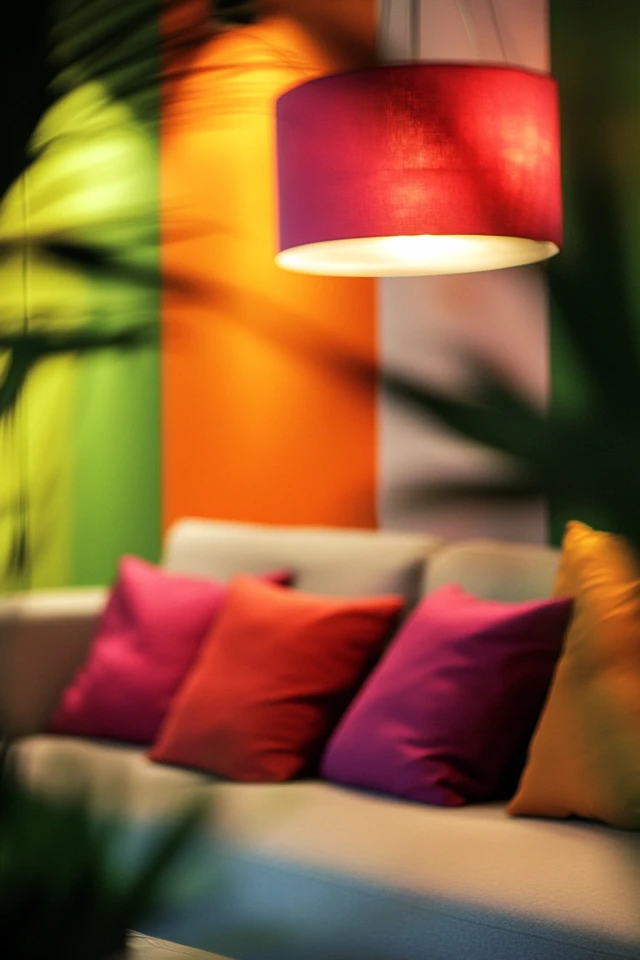
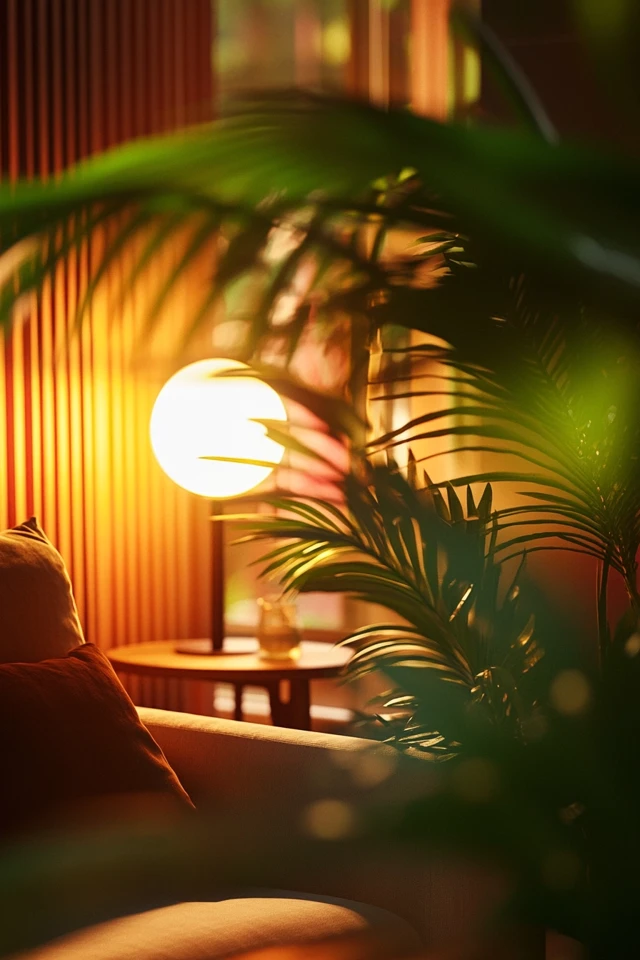
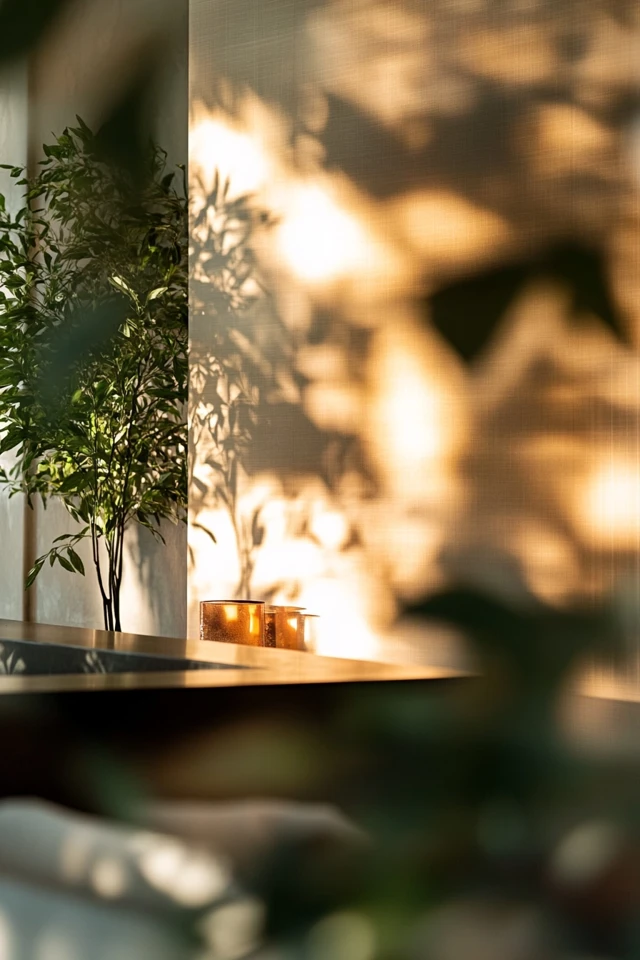
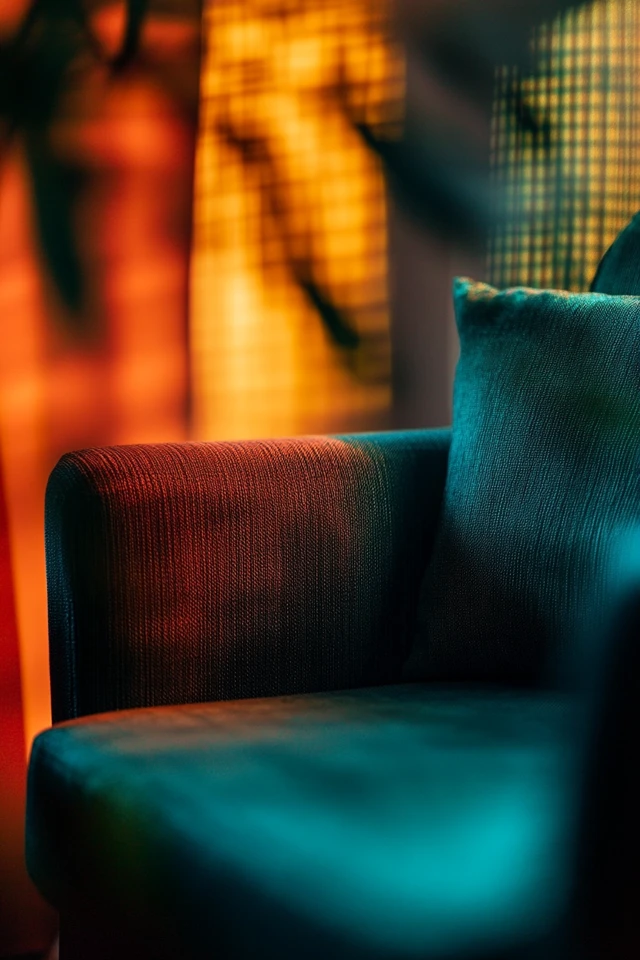
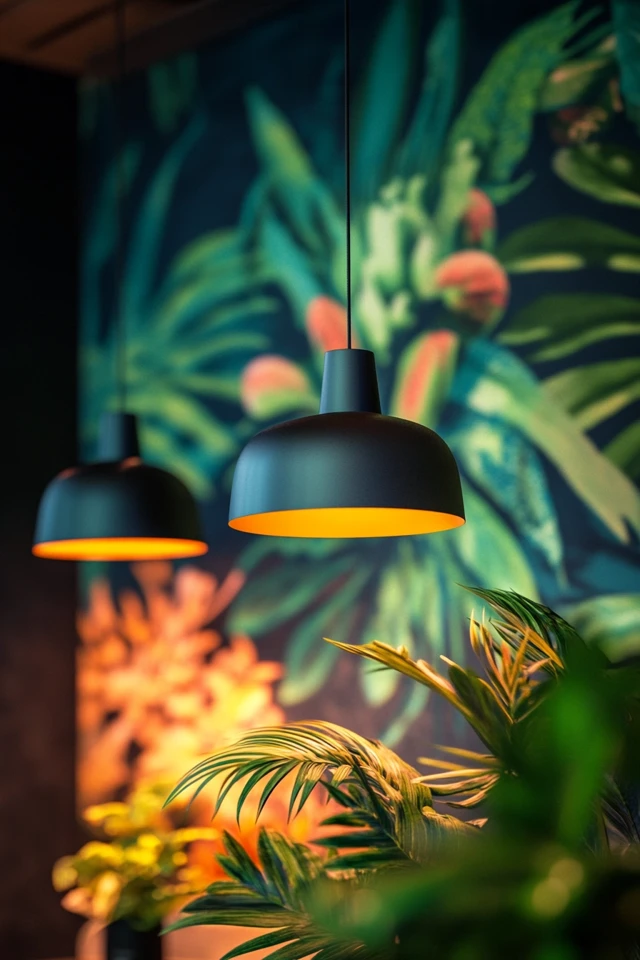
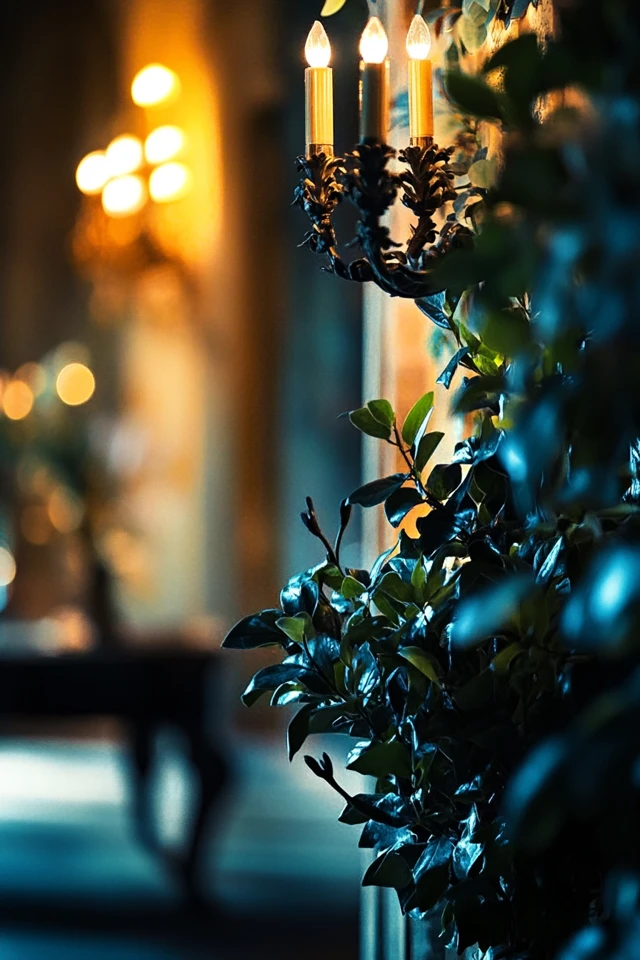
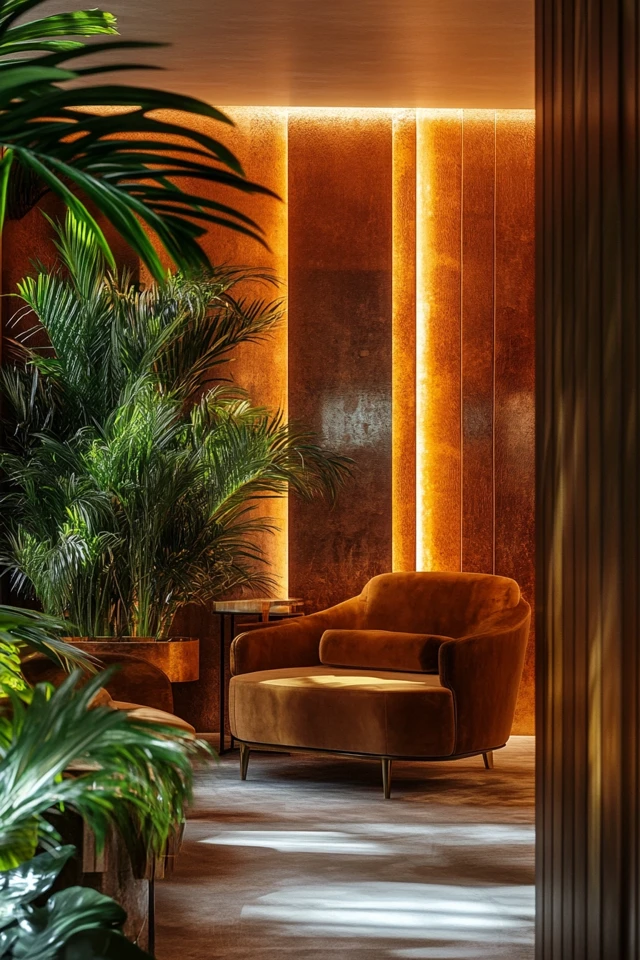
Conclusion
Layered lighting is the secret weapon of interior design. By combining ambient, task, and accent lighting, you can transform a basic room into a space that’s functional, beautiful, and full of personality. The best part? Lighting layers are adaptable, allowing you to change the mood of your space with the flick of a switch.
Reflecting on that dinner party years ago, I realize the magic wasn’t just in the food or company—it was in the way the lighting made the space feel inviting and special. Since then, I’ve incorporated layered lighting into every room I design, and the results never fail to amaze me.
So, start experimenting! Swap out a harsh overhead bulb for a warm chandelier, add a stylish desk lamp, or highlight a favorite piece of artwork with an accent light. With these tips, your room will feel like an elevated, glowing sanctuary in no time.
FAQ
1. How many light sources should a room have?
Ideally, a room should have 3–5 light sources, including ambient, task, and accent lighting. This creates a well-rounded and balanced look.
2. What’s the best way to create cozy lighting?
Use warm-toned bulbs (2700K–3000K), incorporate dimmers, and layer in soft accent lights like candles, string lights, or table lamps.
3. Can I use smart lighting with existing fixtures?
Yes! Replace your current bulbs with smart bulbs to gain control over brightness, color, and scheduling without changing your fixtures.
4. How do I avoid harsh shadows in a room?
Use multiple light sources placed at different angles and heights to eliminate harsh shadows. Layering lighting is key to even illumination.
5. Is it okay to mix different lighting styles in one room?
Absolutely! Mixing styles (e.g., a modern floor lamp with a vintage chandelier) adds visual interest and personality to your space.

